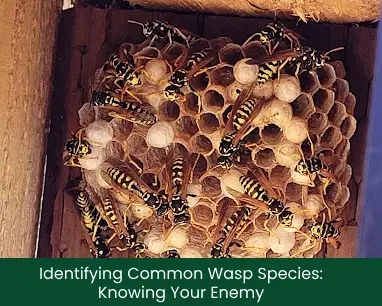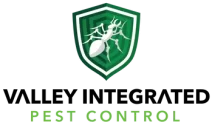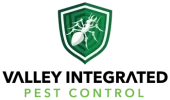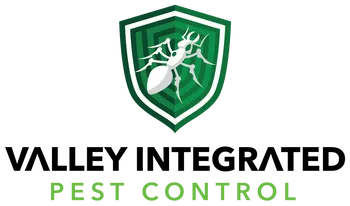Introduction
Wasps, frequently misunderstood and labeled as aggressive pests, play a crucial role in our ecosystem. Far from being mere nuisances, these insects contribute significantly to pollination and controlling other pest populations, thereby maintaining the balance of nature. By understanding the various types of wasps, we can develop more effective strategies for wasp control, allowing for peaceful cohabitation.
This knowledge not only helps in mitigating unwarranted fear but also promotes a healthier respect and appreciation for these essential creatures. In this blog, we will discuss the different species of wasps and their role in our environment.

Understanding the World of Wasps
There are over 30,000 identified species of wasps, belonging to the order Hymenoptera. They are identified by their slender bodies, narrow waist, and striking colors. Their role in the ecosystem is vast, ranging from pollination to pest control. However, only a small percentage of these species are considered pests. Most wasps are either solitary or social, with the latter being more commonly associated with nests and aggression towards humans.
Yellowjackets (Vespula spp.)
Yellowjackets are notorious for their readiness to defend their nests. With striking black and yellow markings, they build their homes in hollow trees or underground. Their propensity to attack when they perceive a threat makes them one of the most aggressive species. Wasp control becomes essential in areas where these insects frequent to prevent unwanted encounters and potential stings.
Hornets (Genus Vespa)
Hornets, especially the Asian Giant Hornet, are another species known for their aggression. They are significantly larger than most wasps and their stings are particularly painful. Their nests are often found in trees and shrubs, making them a notable concern for those living near wooded areas.
Red Wasps (Polistes carolina and P. annularis)
Red wasps, common in the southern United States, are also known for their aggressive behavior when their nests are disturbed. Their red bodies and dark wings make them easy to identify.
Paper Wasps (Polistes spp.)
Paper wasps get their name from the paper-like material used to construct their nests. They exhibit a variety of colors from brownish-red to yellow and black. Though less aggressive than yellowjackets, they can sting if their nest is disturbed.
While these wasps are more aggressive, remember that they usually attack only when threatened. Wasp control strategies should be implemented to manage their presence effectively without causing unnecessary harm.
Coexisting with Wasps
Wasps, despite their notorious reputation, play a significant role in our ecosystem. They are valuable pollinators and act as natural pest controllers by preying on harmful insects. Therefore, understanding how to live alongside these creatures is essential.
Avoid Provoking Wasps
Wasps generally only display aggressive behavior when they feel threatened. Keeping a calm demeanor around them and refraining from sudden movements can prevent possible conflicts. Also, consider your attire; wasps are less likely to be attracted to light-colored clothing.
Maintain a Clean Environment
Wasps are often attracted to human food sources. Ensuring your outdoor living spaces are clean and free from food waste can make them less appealing to wasps, reducing the chances of unwanted encounters.
Provide Alternative Habitats
Creating environments that cater to wasps away from human activity is an effective strategy. Providing natural habitats like insect hotels or planting native flora can encourage wasps to establish their colonies at a safe distance.
While professional wasp control may be necessary in certain situations, these measures can help maintain a balance, allowing us to appreciate the beneficial role wasps play in our environment without putting ourselves at unnecessary risk.
The Crucial Role of Effective Wasp Management
Wasp control, or more aptly termed wasp management, is a significant aspect of maintaining a safe and comfortable environment. While wasps are beneficial to our ecosystem, their presence can become problematic, especially when they establish nests in close proximity to human activity.
Ensuring Safety
Wasps, particularly aggressive species like yellowjackets and hornets, can pose a threat to people, especially those with allergies to wasp stings. Effective wasp management is key to minimizing the risk of painful and potentially dangerous encounters.
Balancing Ecosystem Roles
While wasps serve crucial roles in pollination and pest control, an overpopulation can disrupt this balance. Professional wasp management can help maintain an equilibrium, ensuring wasps continue their essential work without becoming a nuisance.
Seeking Professional Assistance
Wasp nest removal is not a task for the untrained. It requires particular knowledge and equipment to be done effectively and safely. Professionals in wasp management can remove nests, advice on preventing future infestations, and educate about cohabitation strategies with these fascinating insects.
Coexisting with Wasps: Understanding Their Role and Managing Their Presence
Wasps play a vital role in the environment. Identifying common wasp species and understanding their behaviors can aid in effective wasp control. By respecting their space and seeking professional help when needed, we can safely coexist with these fascinating creatures.
For your safety and peaceful coexistence with wasps, consider Valley Integrated Pest Control. Our experts have the know-how and tools to handle wasp nests efficiently and safely. Avoid the nuisance and threat wasps can pose. Contact us today for professional help, prevention tips, and insights into these vital insects. Let us help you balance their environmental benefits with keeping your space safe and comfortable.






